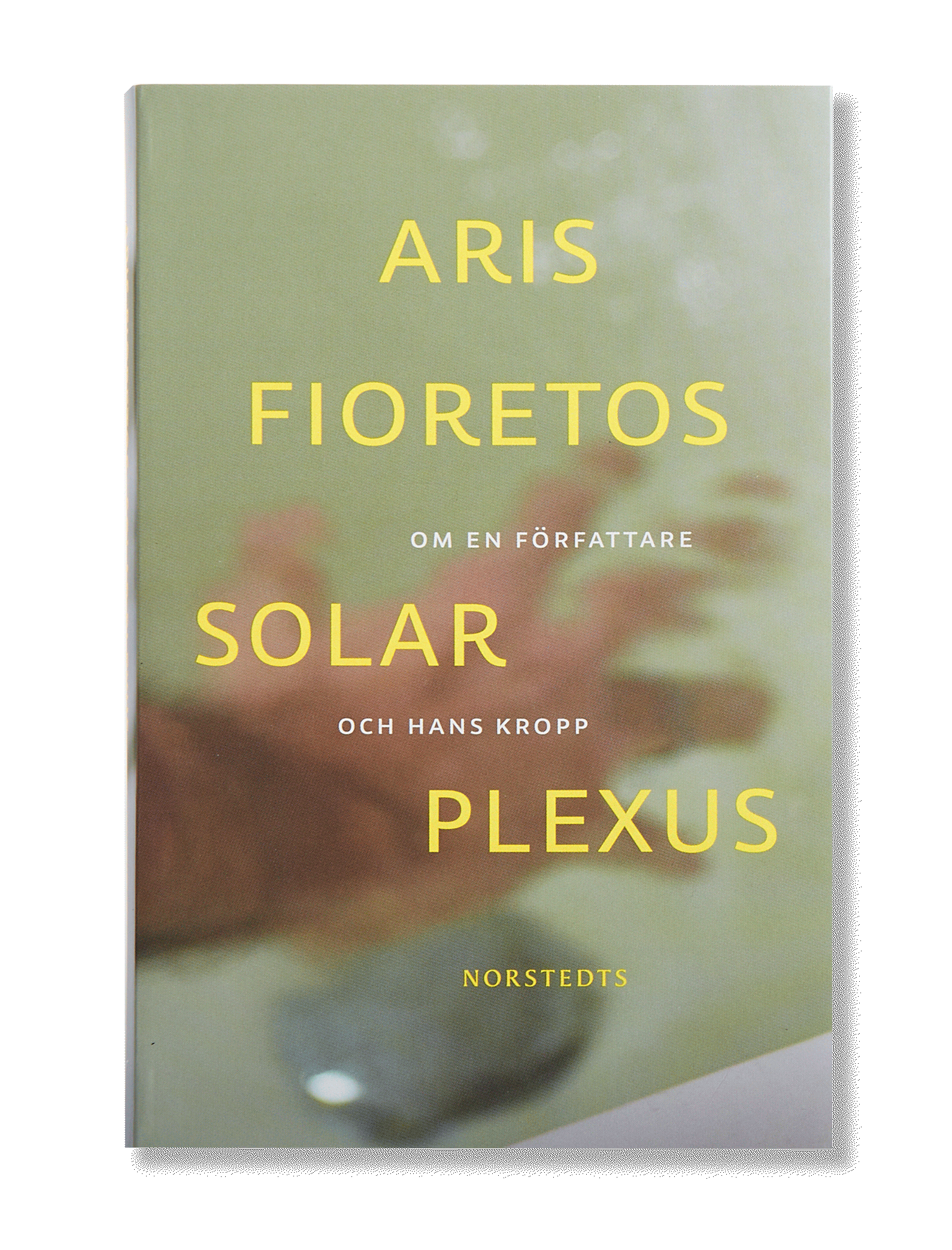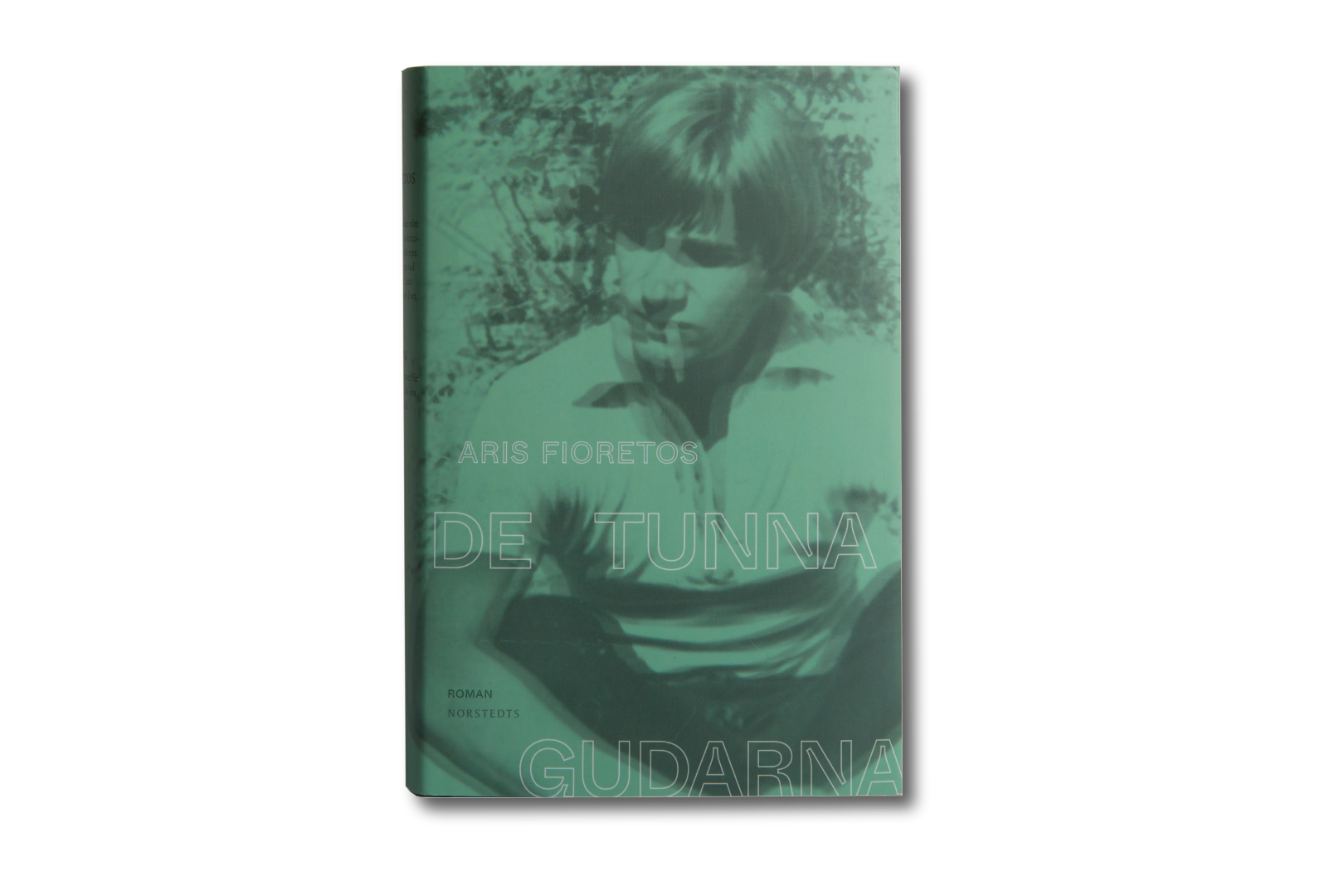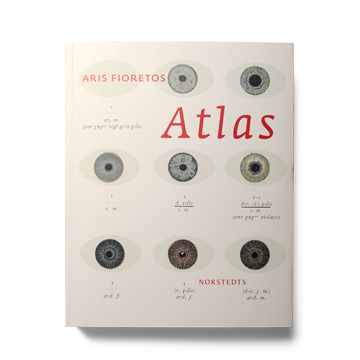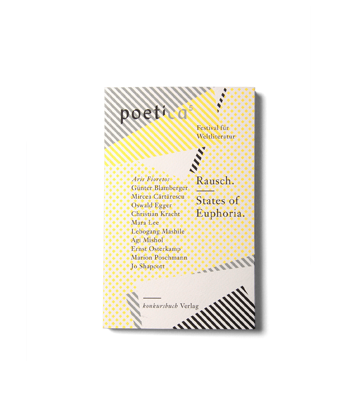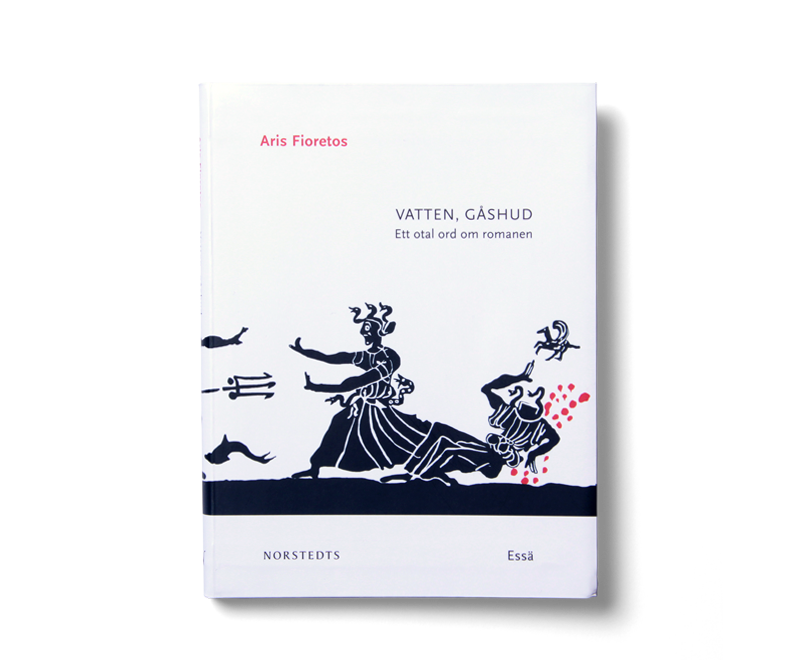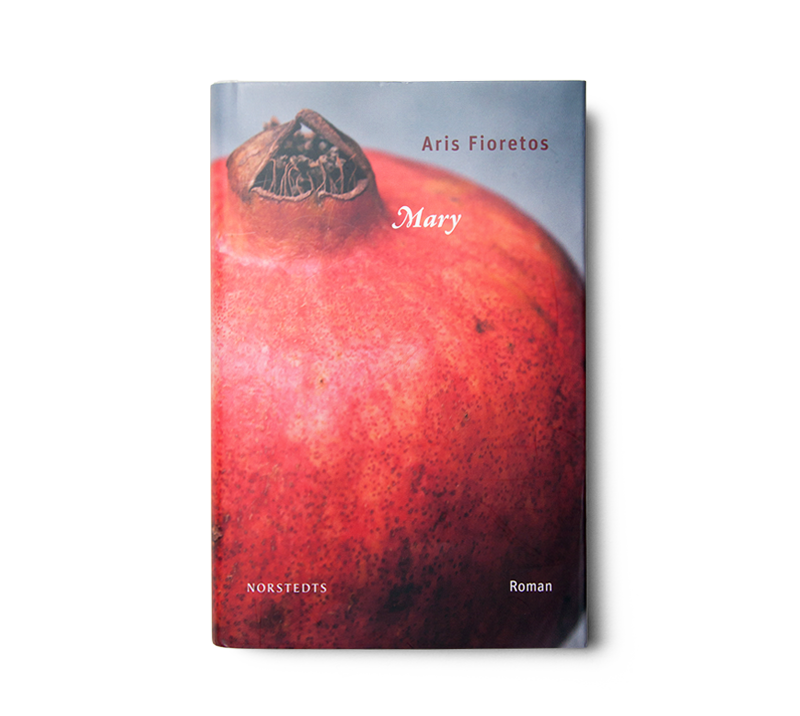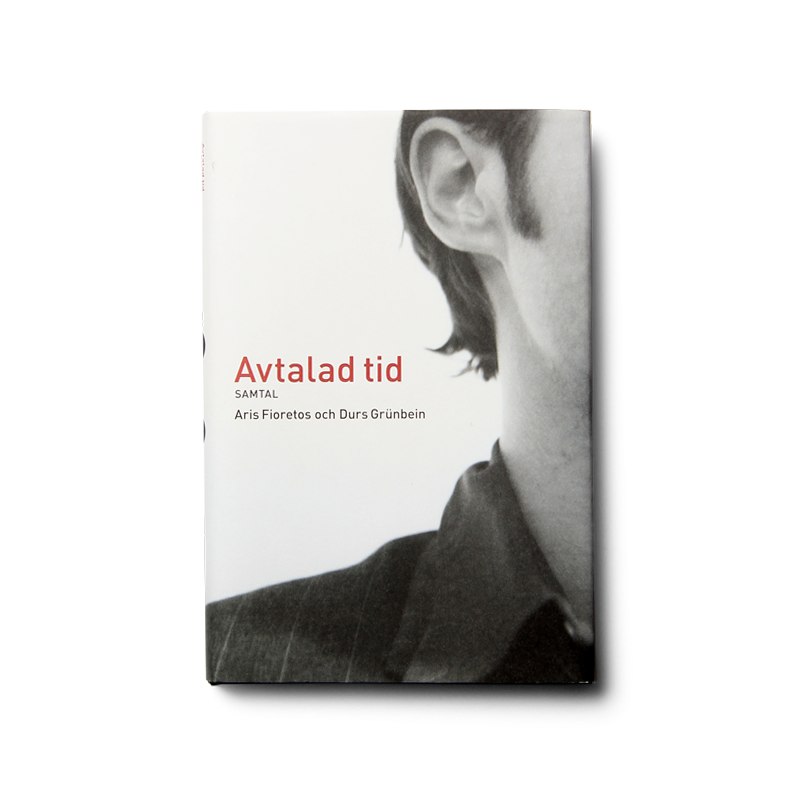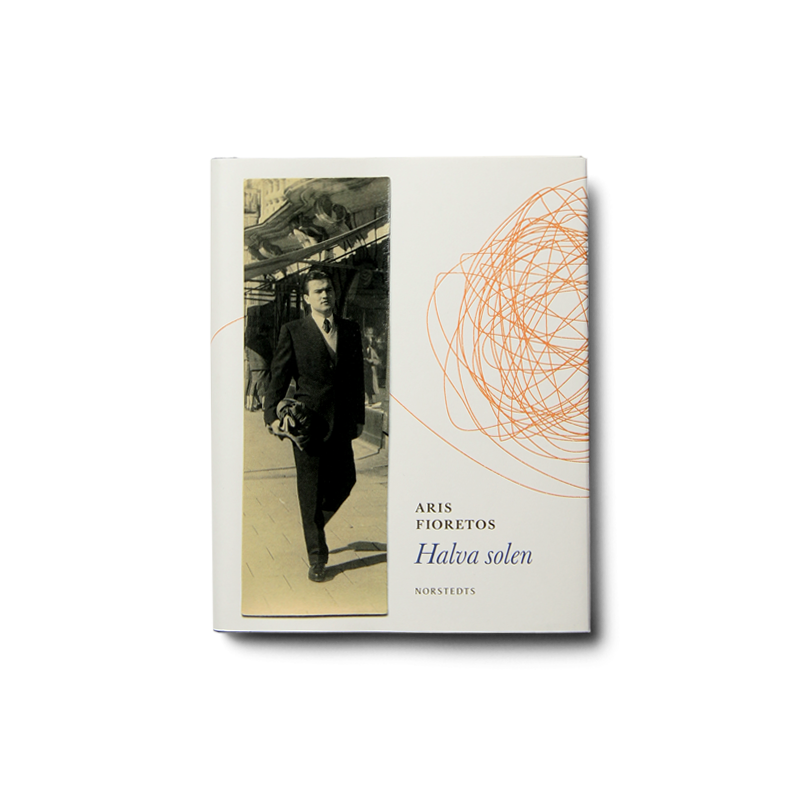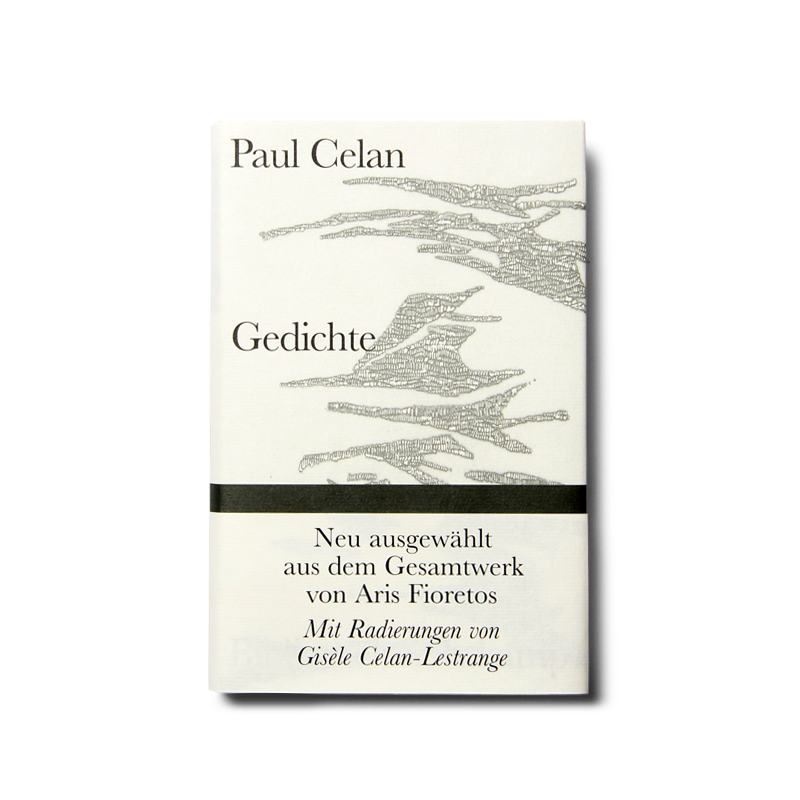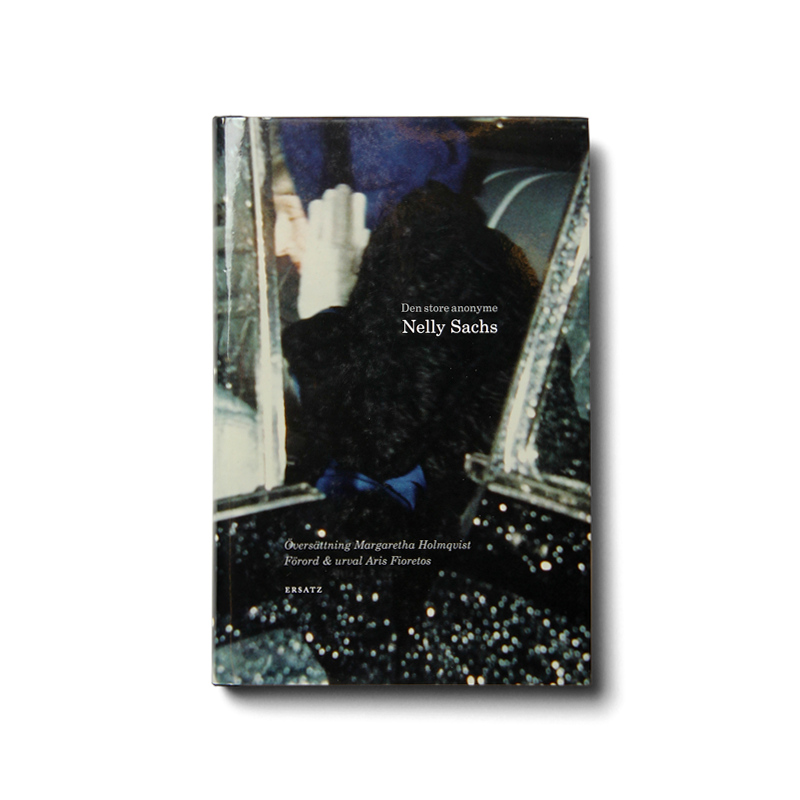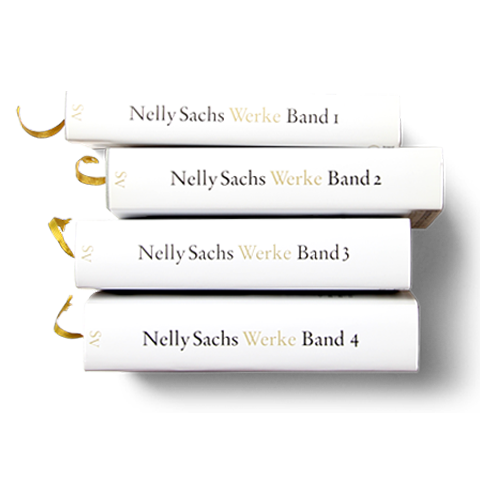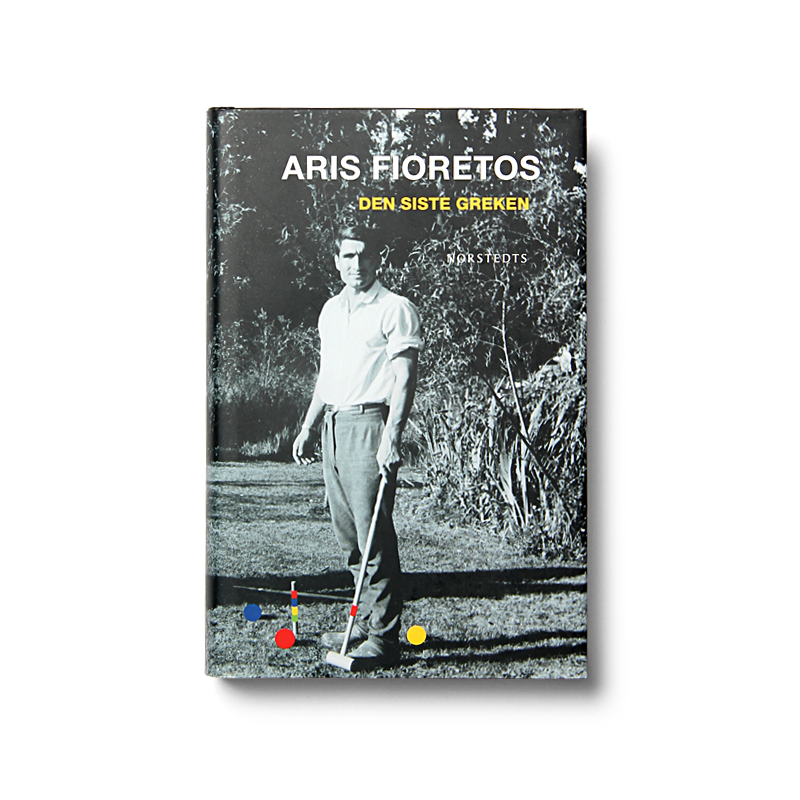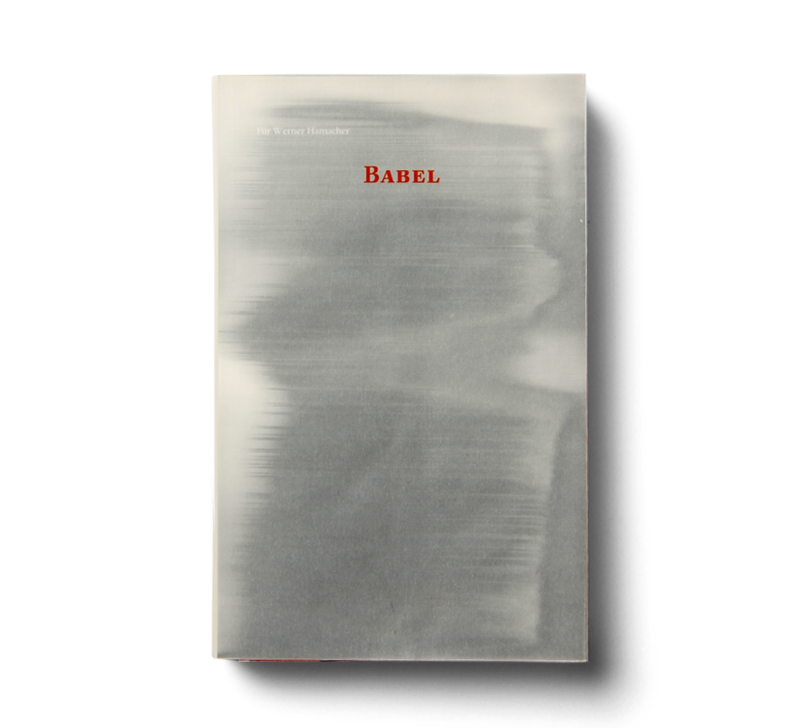Babel:
Festschrift für Werner Hamacher
For over thirty years, Werner Hamacher has devoted himself to forms and possibilities of thought in and between literature, aesthetics, and philosophy. He has turned his attention to both the Enlightenment and Modernity. In pathbreaking essays on Hegel, Schlegel, and Heidegger, Hölderlin, Kleist, and Celan, in studies devoted to money, the general strike, and the color blue, he has demonstrated — always surprisingly and differently — that understanding, too, needs to be understood
. . .
